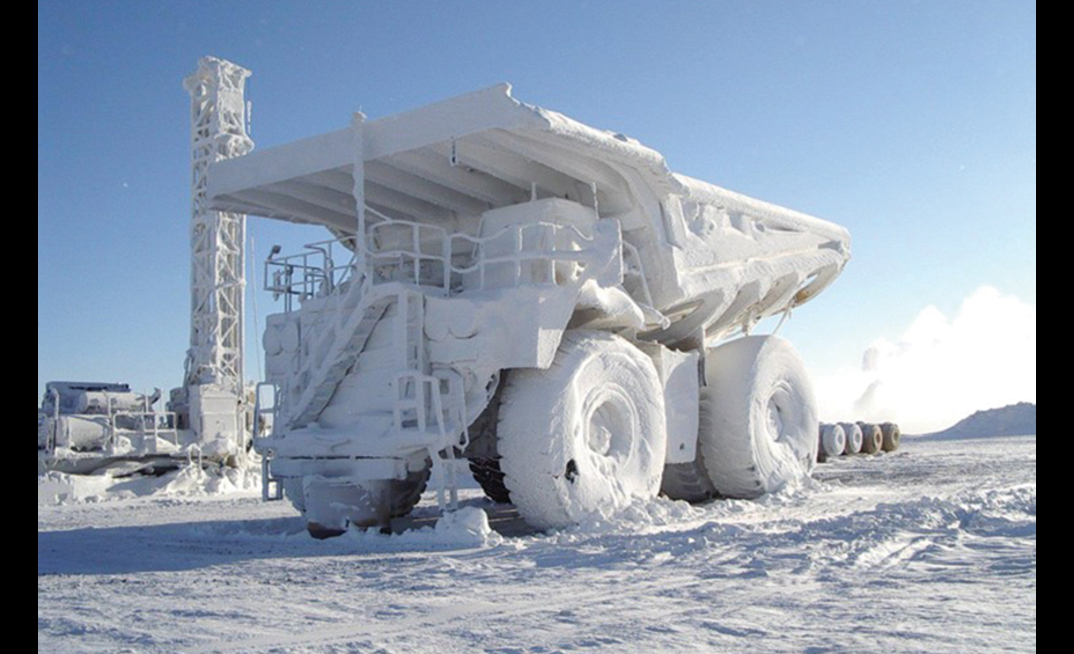Syncrude is one of the largest operators in Canada's growing oil sands industry. In Northeast Alberta, Syncrude operates two large-scale surface mines using truck and shovel techniques. Kyle Gogolinski, Process Control and Automation leader at Syncrude and Peter Wright, Head of the Industrial Information team at Dexcent, introduced Syncrude's Mobile Equipment Events Synthesis solution for analysis and reporting of mechanical events and discussed its impacts on mobile equipment uptime, safety and operating costs.
Gogolinski began by describing the challenges their solution addresses. They run a 136-unit heavy hauler fleet with supporting equipment including shovels, graders and dozers. At the site, oil sand ore deposits are remote resulting in long distances for haul trucks to cover. Operating conditions are harsh. In the winter, the temperature drops to minus 30oC or below, while in the summer, it rises to plus 35oC. Oil sand ore is essentially unbreakable when it's cold. When warm, the ore is sticky and quite malleable, but it's always abrasive. The wear factor on shovel teeth and buckets and even the haul truck body is significant. Syncrude recognized that the knowledge seasoned reliability engineers had gained would not be easily transferred without a data-driven solution.
Operationalizing Syncrude's Reliability Knowledge Base
Syncrude has collected data from their haul trucks since the mid-1990s. Prior to implementing their Mobile Equipment Event Synthesis (MEES) solution, business stakeholders still used spreadsheets to analyze large sets of truck data. The process was too cumbersome and effort-intensive to generate timely information and intervention. The overall goal of the MEES solution was to create an automated system that would leverage their reliability knowledge base to generate near real-time information that could be integrated with workflows to improve equipment uptime and reduce maintenance costs.
Syncrude realized that unless the business unit trusted MEES data, they would continue using their current procedures. In addition to delivering actionable information, some of the requirements that were identified included the ability to:
- Control when calculations were executed. Syncrude's haul trucks constantly move in and out of coverage areas. To ensure that there were no gaps in event computation, Syncrude needed to process data only when they were sure that the trucks were in a coverage zone and all necessary data could be retrieved.
- Process large amounts of data. The average processing volumes during a pilot study were 1716 values/second with surge volumes that are even higher. The supporting systems had to scale to ensure that the processing kept up with the incoming data flow.
- Create standalone components for each use case to create independent evaluation, schedule tuning and overall solution maintenance.
To read the full story and learn how Syncrude achieved those results, please go to:
ABOUT THIS COMPANY
OSIsoft
HEAD OFFICE:
- San Leandro Tech Campus, 1600 Alvarado Street, San Leandro, CA 94577, USA
- Phone: +1.510.297.5800
- Fax: +1.510.357.8136
- Email: customerservice@osisoft.com
- Web: www.osisoft.com


























